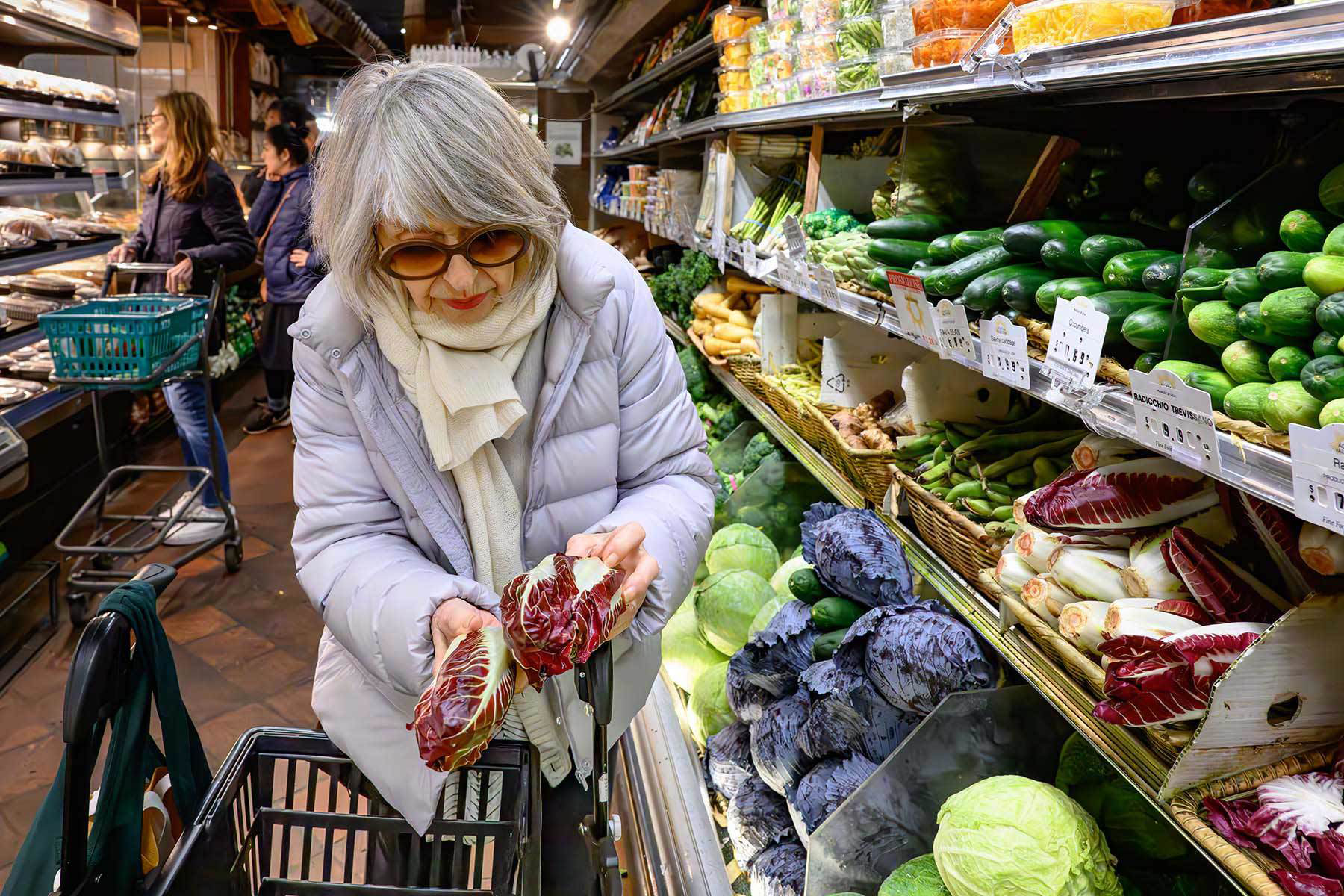When your house or apartment is not properly insulated, your home gets drafty in the winter and too hot in the summer. This makes your heating and cooling systems work harder and your energy bills go up. If you have low income and have trouble affording your energy bills, you may be able to save money through the Weatherization Assistance Program (WAP).
What is the Weatherization Assistance Program?
The Weatherization Assistance Program, also known as WAP, is the biggest program in the U.S. that helps low-income families save money on energy bills. This program uses a process called “weatherization” to help homes use less energy. Households save an average of $372 each year from weatherization since services are 100% free to households that qualify.
WAP is a federal program funded by the U.S. Department of Energy (DOE). But since it is run by state and local agencies, each state manages its own program based on federal guidelines. States work with local organizations to provide weatherization services to about 35,000 homes every year.
How does weatherization work?
During the weatherization process, specially trained and licensed workers come to your home and check to see how much energy it may be wasting. They might make changes like adding insulation to your walls or attic, sealing leaks, and fixing your heating or cooling system. These improvements can help lower your energy costs. They can also:
- Make your home more comfortable
- Increase the value of your home
- Reduce moisture problems that lead to mold or damage
- Improve indoor air quality
Who can get help from the Weatherization Assistance Program?
If you own a home, rent, or live in a mobile home, you can apply for WAP. Your income is the main thing that decides if you qualify. If your income is at or below 200% of the poverty level, or you get Supplemental Security Income (SSI), you may be able to get weatherization help. Individual states may have other rules about who can qualify for assistance.
Certain people may be able to get help first from the Weatherization Assistance Program, including older adults (age 60+) and people with disabilities.
How do I apply to the Weatherization Assistance Program?
Each state has its own process for applying. But these are the general steps to follow:
- Find your local WAP agency by searching online (on Google, type in the name of your state and then “Weatherization Assistance Program”). This program is usually managed by your state’s energy office, housing agency, or social services agency.
- Fill out an application and send it in. You may need to show proof of income (like pay stubs). Some states use the Low-Income Energy Assistance Program (LIHEAP) application to apply for WAP—check if yours does. This can save you time, since you won’t have to fill out two separate applications.
What happens after I apply for weatherization assistance?
After you apply, your application will be reviewed, and your state agency will notify you of their decision.
If you are approved for assistance, a home energy expert will come to your home to perform an energy audit (or check). They will look for air leaks, bad insulation, old appliances, and safety issues like mold. Then, they will make a plan to improve your home’s energy use. A trained professional will be scheduled to do the weatherization work. If you rent, you will have to get permission from your landlord first.
How can I get help with my application?
There are multiple ways to get help applying for weatherization assistance. You can:
- Contact the agency in your state that handles WAP.
- Visit a Benefits Enrollment Center (BEC), if there’s one near you. See if there’s one in your area.
- NCOA also has a HelpLine you can call to get free support. To get started today, call 1-877-293-8875.

 Share to Facebook
Share to Facebook  Share to X
Share to X  Share to LinkedIn
Share to LinkedIn  Share to Email
Share to Email 